How to Nail a Video Interview
Wow them with your knowledge, passion, and ability to put on real pants for a waist-up conversation.

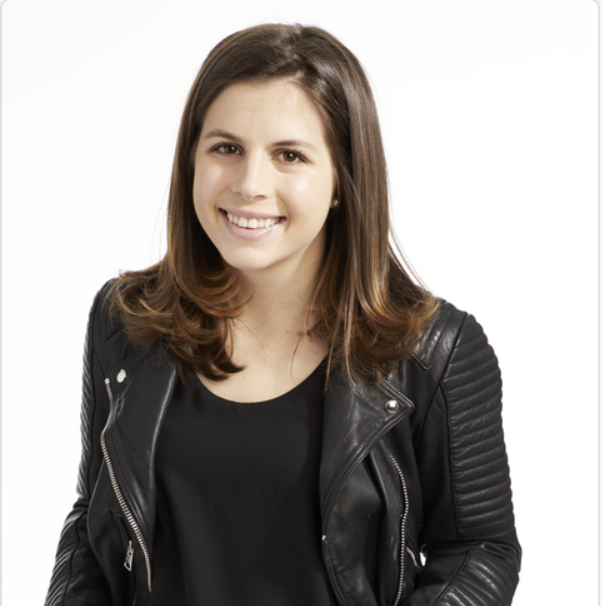
Working from home might have its advantages, but interviewing for a new job from home is no less stressful than it is in person—especially when you're dealing with spotty Wi-Fi or neighbors who insist on playing club music at two in the afternoon. But over a year into the pandemic, we've all had to adapt, and so have employers: Nearly 80 percent of hiring managers believe that video has become more important when it comes to interacting with or vetting job candidates. And even though back-to-office plans may be on the horizon, it's looking like video interviewing is here to stay.
"Video interviews were a growing trend even before stay-at-home orders, and we expect for that to continue even after people have gone back to work," says LinkedIn Career Expert Blair Heitmann. "Video interviews are a more affordable way for companies to quickly and effectively screen a large number of potential new hires."
It could be a good thing for the interviewee, too: Besides the obvious convenient factor, "participating from your own environment where you’re comfortable can help you keep your calm and confidence," she says.
According to Heitmann, the biggest difference between a traditional in-person interview and a phone or video interview—and the biggest challenge—is building a rapport with your interviewer. "It can be difficult if you aren’t able to exchange facial cues or body language at all, or demonstrate your soft skills as easily," says Heitmann. Luckily, those skills can translate via video... if you know how to do it right.
Here, Heitmann shares her tips for a job-landing-worthy video interview.
Consider Recording a Pre-Interview Video
"If you are worried about stage fright, 76 percent hiring managers agree that having pre-recorded video content of a candidate is useful. LinkedIn just launched their Video Cover Story feature, which allows job seekers to upload a short video to their LinkedIn profile and share more about their story, background and career goals. This gives you a chance to have a few takes to ensure you are happy with the content, and offers another channel to stand out to recruiters."
Get Dressed
"For starters, get fully dressed, including pants and shoes. Yes, really!
Stay In The Know
Get exclusive access to fashion and beauty trends, hot-off-the-press celebrity news, and more.
This is so important for getting in the right mindset for the interview, but it’s even more essential for avoiding embarrassing mishaps. Even if you expect to only be seen from the waist up, things happen, and if someone starts knocking loudly at the door, or a pet accidentally pulls out your internet cable, you don’t want to stand up to reveal that you couldn’t be bothered to change out of your sweatpants for your interview.
As for your attire, what you wear largely depends on your industry, although I’d encourage you to lean more formal when in doubt. Things are a bit more casual at the moment, but you don’t want to dial in for an interview wearing a concert tee or a hooded sweatshirt. Dress fully, and professionally, the same way you would if you were there in person."
Position the Camera at Eye Level
"One of the most common mistakes people make on video calls is bad camera positioning; their camera way too low or they or appear too dark on the screen. Having your interviewer see your face clearly makes it easier for you both to connect and build rapport. They’ll get the best sense of your personality when they can clearly see all of your facial expressions and cues.
When it comes to camera positioning, the key is to keep it as close to eye level as possible. I know it’s called a laptop, but it definitely shouldn’t be in your lap during an interview, unless you want them chatting with the inside of your nose. Purchase a laptop stand or prop it up with a few books, and then place it about an arm’s length away so you’re framed in the middle of the screen. Generally, you want to see yourself from around the chest up, with a bit of space above your head."
Get the Bomb Lighting
"As for the lighting, avoid having a light source directly behind you, which will cause you to appear in silhouette. Facing a window for some indirect natural light is a great option, or you can purchase a ring light if you want to take it to the next level."
Try to Limit Interruptions—But Don't Stress if They Happen
"Everyone is dealing with challenging and unusual circumstances right now, and it’s okay if everything doesn’t go perfectly. Hiring managers understand that you might be sharing space with partners, kids or pets, and that you might not have access to your usual resources.
Take stock of your environment and possible interruptions, and try to think through all possible scenarios and have backup plans in place. If something goes wrong, don’t panic or beat yourself up. It’s okay to acknowledge and even share a laugh over the natural challenges of the situation. If your cat creeps into the shot, or the neighbors are particularly loud, acknowledge it and use it as a way to demonstrate flexibility and your personality with the interviewer. Remember that people are a bit more forgiving these days, and have likely had similar video faux pas themselves.
Adaptability, problem solving and resilience are all skills that are in high demand for almost every job, so handling surprises with grace is a great opportunity to show the interviewer that you can perform under pressure and demonstrate professionalism in the face of adversity.
And who knows—your cute cat may even score you some bonus points!"
Stop Looking at Yourself
"Something else that trips people up is not knowing where to look during a video interview. Many of us can’t help but look at ourselves, but that can be distracting and can also make you seem disengaged. Instead, you want to do the equivalent of looking your interviewer in the eye, which means looking right at the camera lens. This can feel awkward and unnatural at first, so it’s something you should practice in advance. It can help to put a sticker or a photo right next to or on top of the webcam as a reminder.
When the interviewer is talking, it’s okay to watch them on your screen, especially if they’re using any visuals, but try to look in the same general direction as much as possible to simulate that in-person connection that’s not happening. And remove anything that could draw your eye, like a second screen, your phone or the TV."
Keep Your Background Neutral
"A lot of video calling platforms now have options to add your own background, but I find those a bit odd in an interview setting, unless it’s a neutral, solid color. In most cases, they’ll be distracting as they tend to cause your face or hands to come in and out of the graphics. Don’t be afraid to give the interviewer a glimpse into who you are and where you live, as long as you keep it professional.
Here’s how I like to think about it: if you invited someone into your home for an interview, how would you prepare your home? You’d probably tidy up, lock up your pets and send away your kids, and make sure there’s nothing awkward or embarrassing in clear view. Treat a virtual interview the same way—as if you’re inviting that person over to chat—and spend some time identifying the best space for you to conduct your calls with those same guidelines in mind. It’s best to have a fairly simple background in a tidy, neutral, quiet location. Avoid the bedroom if possible, and the bathroom without exception!"
Follow Up
"I recommend sending a professional, handwritten or email thank you note the day of your interview regardless of whether it’s by phone, video or in-person.
If you haven’t heard back within a few days, it’s a great idea to check back in. A lot can happen at a company during the hiring process so be proactive about staying in touch and reconfirming your interest in the position, without overdoing it. A short, clear and professional email asking about the timing and process for the remainder of the hiring process is an appropriate way to follow up."
Megan DiTrolio is the editor of features and special projects at Marie Claire, where she oversees all career coverage and writes and edits stories on women’s issues, politics, cultural trends, and more. In addition to editing feature stories, she programs Marie Claire’s annual Power Trip conference and Marie Claire’s Getting Down To Business Instagram Live franchise.
-
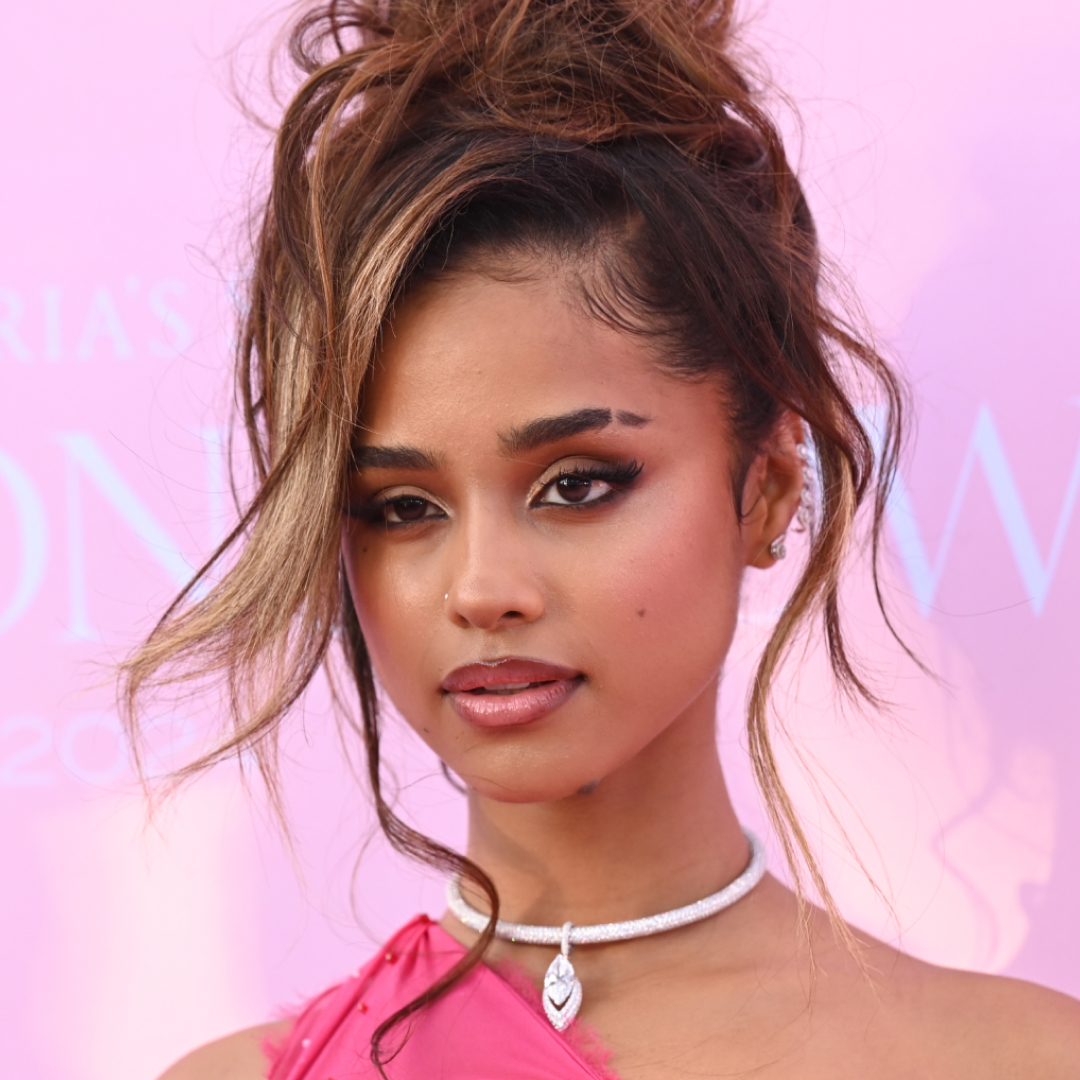 Tyla's Coachella Outfit Pairs Dolce & Gabbana With Pandora
Tyla's Coachella Outfit Pairs Dolce & Gabbana With PandoraThe singer wore a gold version of the crystal bra made famous by Aaliyah.
By Amy Mackelden Published
-
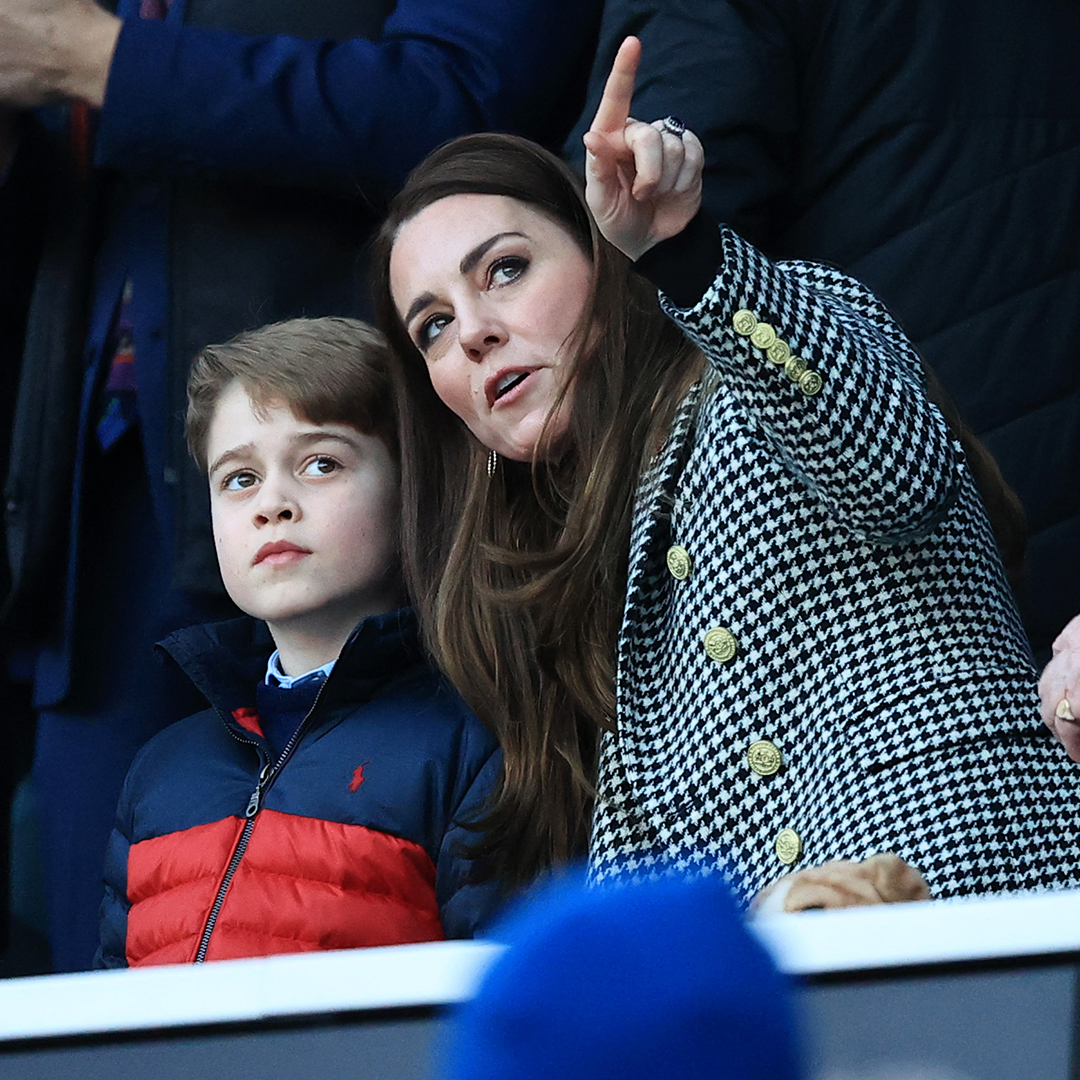 How Kate Middleton Is Influencing George's Fashion Choices
How Kate Middleton Is Influencing George's Fashion ChoicesThe future king's smart blazer is straight out of Princess Kate's style playbook.
By Amy Mackelden Published
-
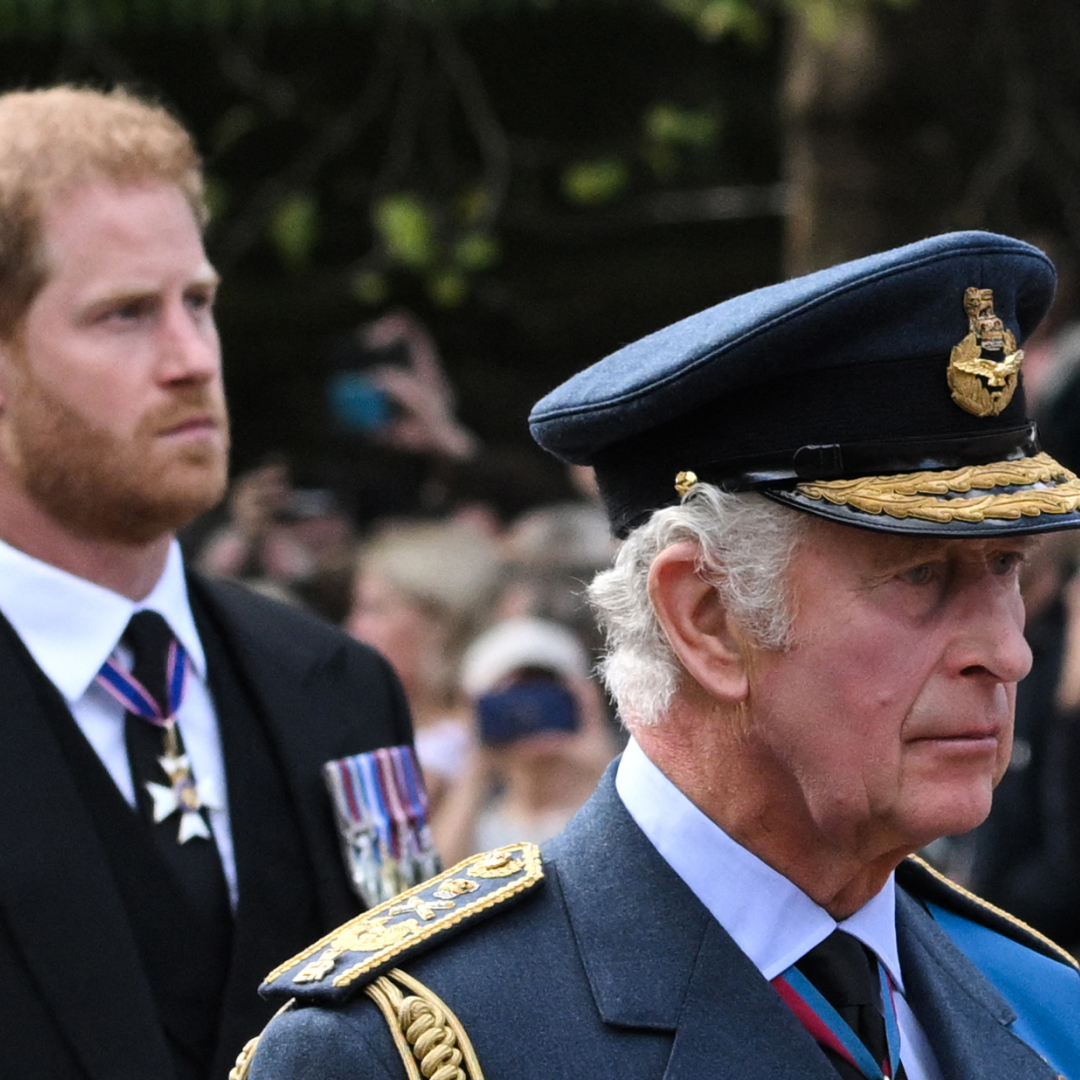 King Charles "Couldn't" Meet Prince Harry During U.K. Visit
King Charles "Couldn't" Meet Prince Harry During U.K. Visit"It could actually bring down a court case."
By Amy Mackelden Published
-
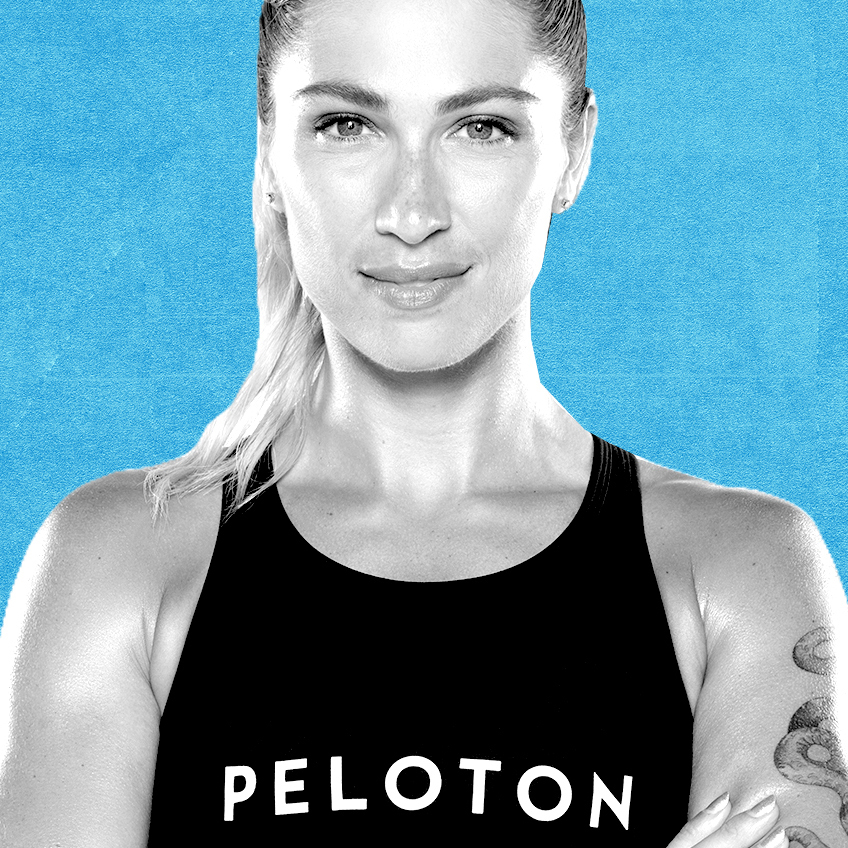 Peloton’s Selena Samuela on Turning Tragedy Into Strength
Peloton’s Selena Samuela on Turning Tragedy Into StrengthBefore becoming a powerhouse cycling instructor, Selena Samuela was an immigrant trying to adjust to new environments and new versions of herself.
By Emily Tisch Sussman Published
-
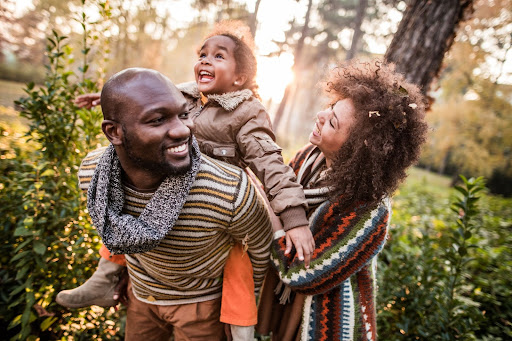 This Mutual Fund Firm Is Helping to Create a More Sustainable Future
This Mutual Fund Firm Is Helping to Create a More Sustainable FutureAmy Domini and her firm, Domini Impact Investments LLC, are inspiring a greater and greener world—one investor at a time.
By Sponsored Published
-
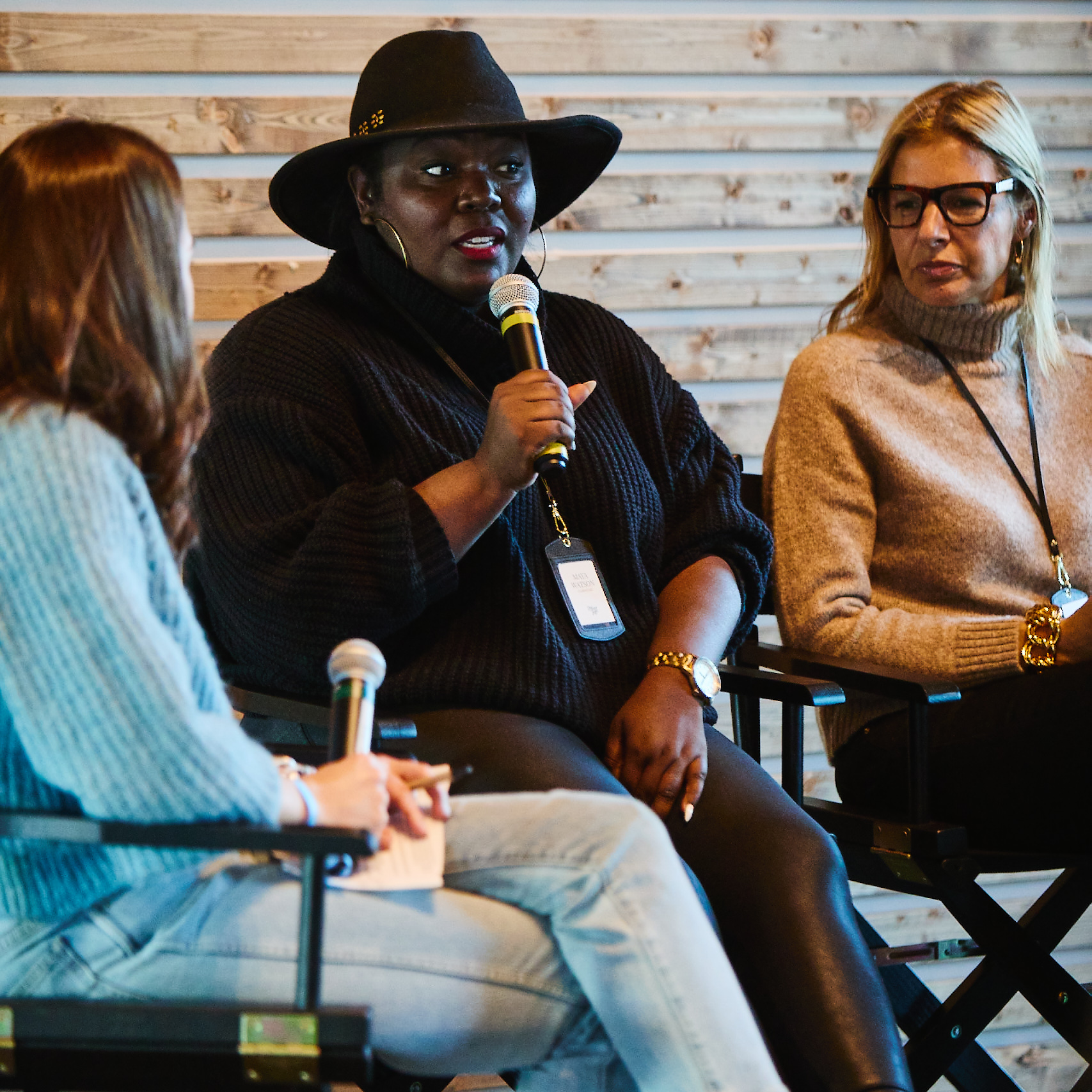 Power Players Build on Success
Power Players Build on Success"The New Normal" left some brands stronger than ever. We asked then what lies ahead.
By Maria Ricapito Published
-
 Don't Stress! You Can Get in Good Shape Money-wise
Don't Stress! You Can Get in Good Shape Money-wiseFeatures Yes, maybe you eat paleo and have mastered crow pose, but do you practice financial wellness?
By Sallie Krawcheck Published
-
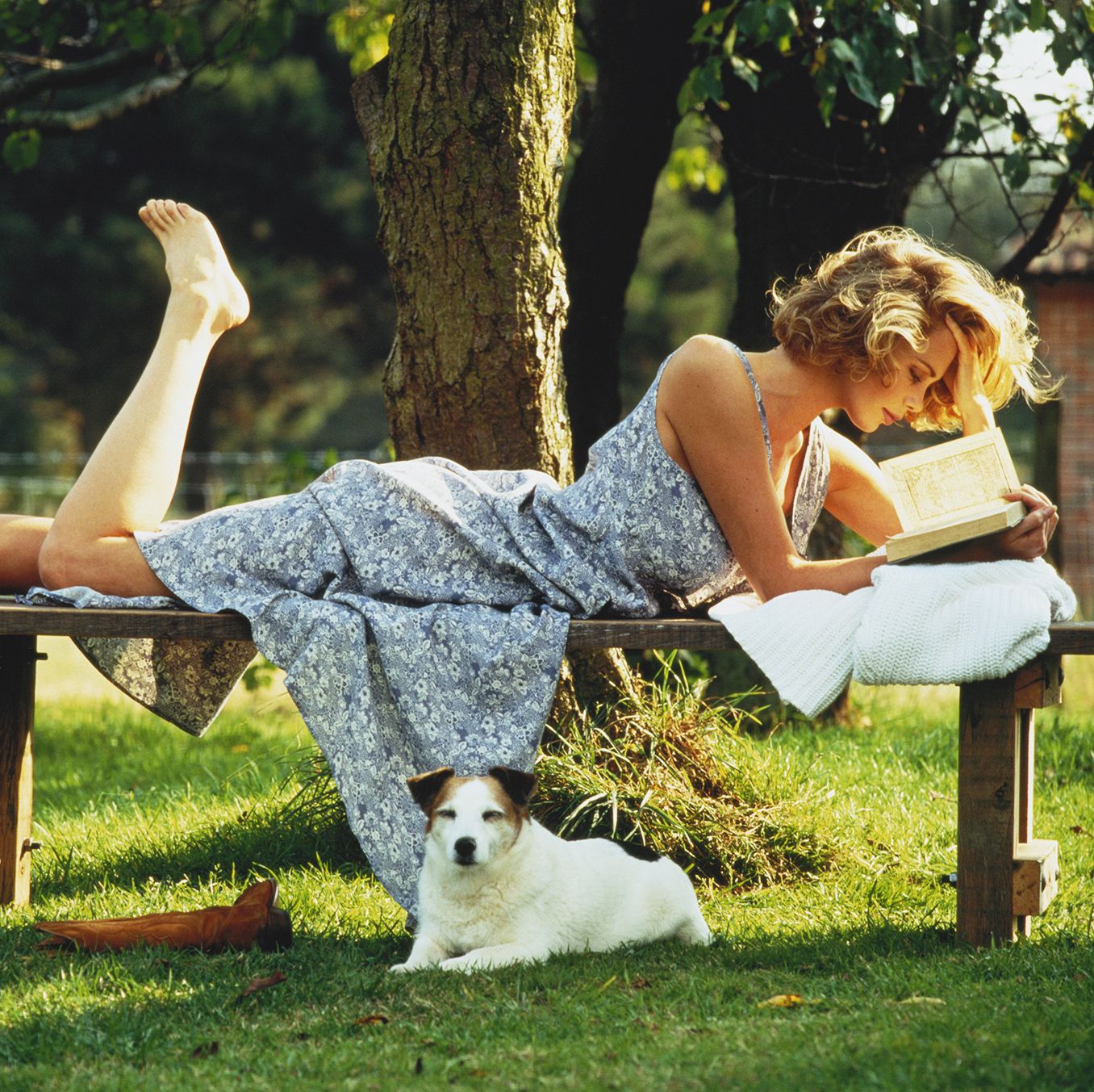 The Book Club Revolution
The Book Club RevolutionLots of women are voracious readers. Other women are capitalizing on that.
By Lily Herman Published
-
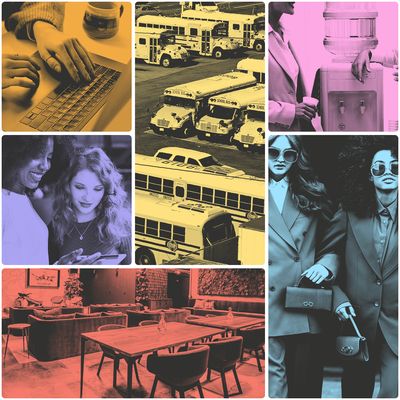 The Future of Women and Work
The Future of Women and WorkThe pandemic has completely upended how we do our jobs. This is Marie Claire's guide to navigating your career in a COVID-19 world.
By Megan DiTrolio Published
-
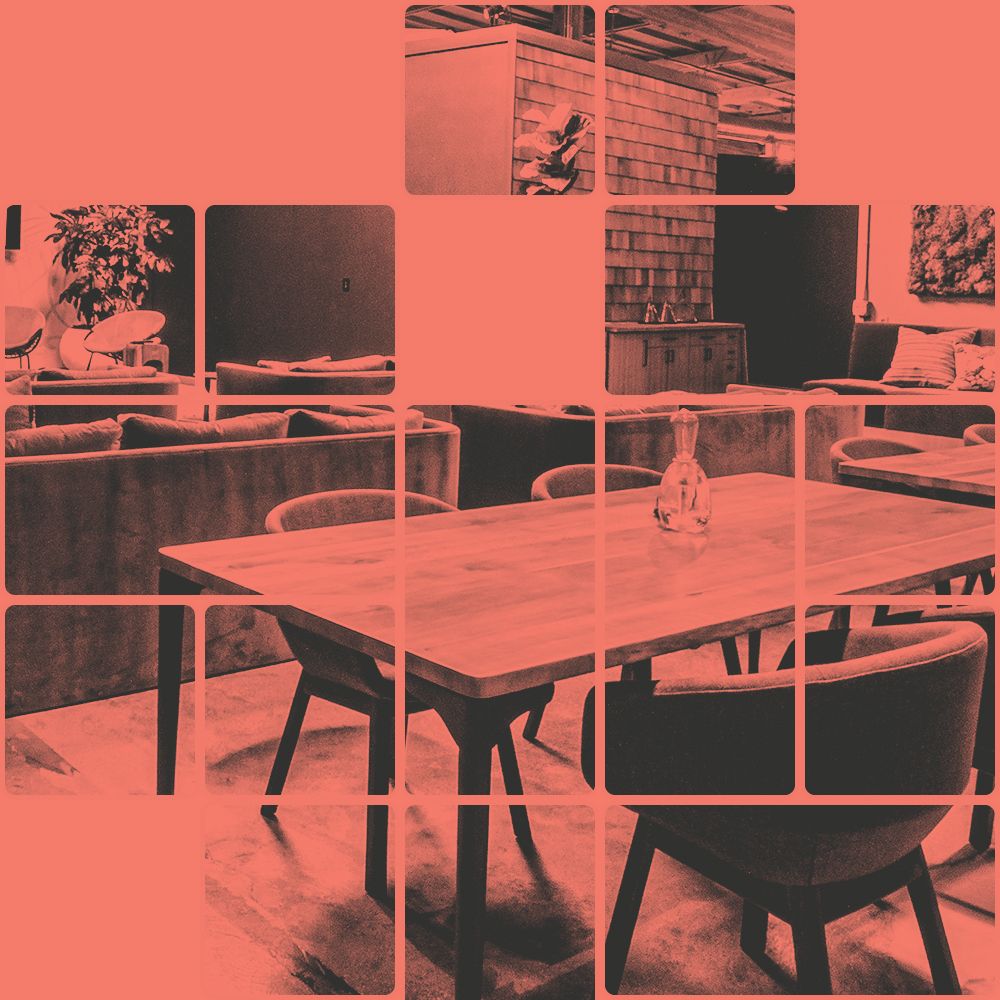 Black-Owned Coworking Spaces Are Providing a Safe Haven for POC
Black-Owned Coworking Spaces Are Providing a Safe Haven for POCFor people of color, many of whom prefer to WFH, inclusive coworking spaces don't just offer a place to work—they cultivate community.
By Megan DiTrolio Published
-
 Where Did All My Work Friends Go?
Where Did All My Work Friends Go?The pandemic has forced our work friendships to evolve. Will they ever be the same?
By Rachel Epstein Published